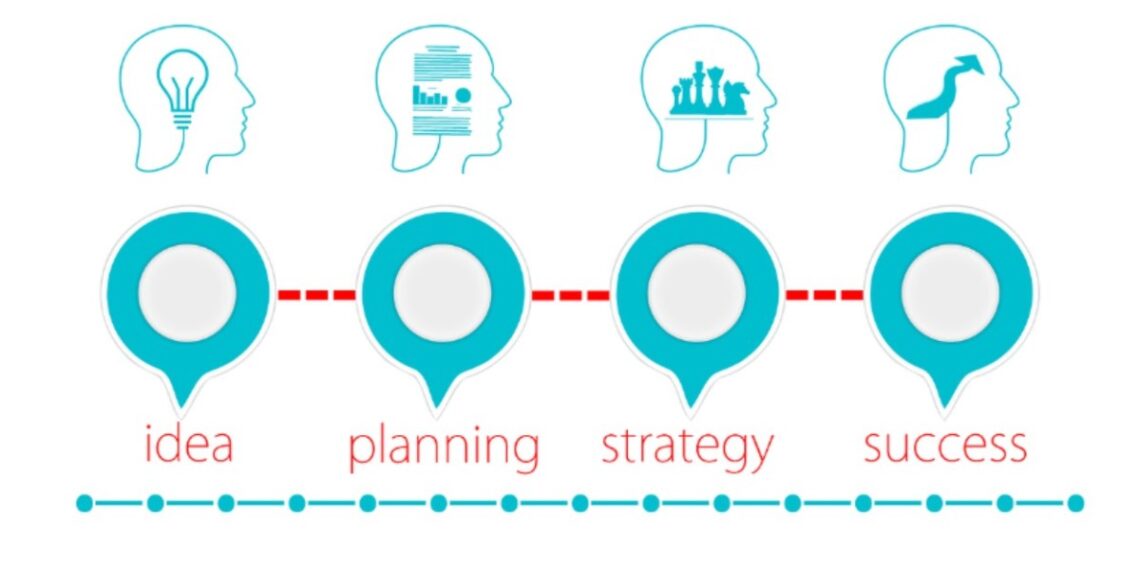A growing business is a great thing, but it can also be stressful. If you’re new to the game and have no idea how to grow your company, here are some strategies that’ll help:
Don’t expand too rapidly
One of the most important things to keep in mind when expanding your business is that you should not grow too rapidly. This can be harmful to your company, as it will make it harder for you to achieve financial goals and keep up with competitors who have already established themselves in their markets.
If you want to grow faster than others, have it in mind that it’s not just about taking on more employees or opening additional locations, this will happen with time. When one plan fails, it’s not the end, reconsider the steps that might work best.
Create a data-driven business plan
Data-driven business plans are crucial to the success of any company. The more you know about your competition, the better chance you have at beating them.
To create a data-driven business plan, first take a look at other companies in your industry that are doing well and why they’re doing so well. What makes them successful? What makes their strategies different from yours? Use these insights as inspiration for creating new strategies that can help boost sales and profits while keeping costs low.
It’s also important to keep track of how much money each employee spends on average per month (including benefits), because this amount may vary depending on what kind of job they have or which company they work for—you might find that higher salaries mean lower productivity rates when compared with employees who receive less compensation but still manage some sort of healthcare coverage through their employer’s insurance plans or those offered by third parties.
Share your story with the world
The most effective way to grow your business is by sharing your story with the world. The first step in this process is making sure that you’re telling it in a friendly and relatable way.
You can do this by:
- Using language that’s easy for people to understand, such as “I want to share my story so that other people will know how I feel about my business.” This makes it clear why you’re telling the story and what value it has for them (i.e., why they should care).
- Being honest about where you started out and how far along your journey has taken you today; don’t try too hard or act like everything was always perfect!
Build an audience first, then build your brand
Building an audience is important before building a brand.
- You can build your own audience by creating content that’s relevant to people and engaging them with stories, ideas, and information they want to hear from you—the way a customer would talk about the products or services he or she uses.
- You can also use social media platforms like Facebook and Twitter as part of this process: Share posts about things you enjoy (like cooking), share interesting things others have said about certain topics (like politics), or simply engage with other users who might be interested in what you have to say.
Plan to scale up and down in phases, rather than all at once
When you’re just starting out, it’s tempting to try to grow your business as quickly as possible. You want to reach the point where you can comfortably handle everything at once—but this is a bad idea.
When you scale up too quickly, sales fall off and customers get frustrated by slow service or poor communication. And if your company grows too slowly, people may start losing interest in what they’ve invested in so far! Instead of rushing into growth mode (or trying not to grow at all), take time before implementing any changes that require long-term planning or implementation efforts:
- Do some research on what other companies are doing well for new strategies or tactics; this will give you ideas about how others have successfully grown their own businesses over time
Focus on user experience first, then product features later on
You should focus on user experience first, then product features later on.
As a startup founder or business owner, you have one goal: to build a successful product that people will love using. Your first thought may be “but I need to make sure my product is good enough before I can focus on marketing it” or something similar.
This is true—but only if you’re starting out with an idea for a new app or website that doesn’t already have users (and thus no data). If your company has already launched its first product and started collecting user data from existing users, then it’s time to start thinking about how those metrics will affect what type of features you put into future releases of their products; otherwise known as “feature creep.”
Conclusion
Growth is a key part of any business. It’s not just about making money, it’s about growing your company into something even greater than you could have imagined. The best way to do this is by following these business strategies: start small and build up your user base slowly; focus first on the customer experience before worrying about product features; be aware of how quickly things can change in tech fields; don’t forget that you’ll need patience along with hard work!
[Featured Image Credit]





